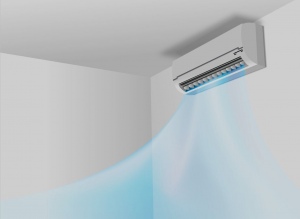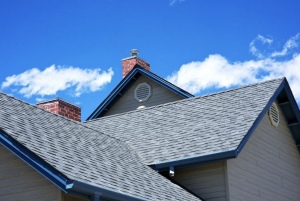Damaged siding is not only an eyesore. It is also ineffective at protecting your home’s framework from things like water, dirt, insects, and air–all things that can cause your home damage over the long run. Fortunately, replacing damaged siding is a job you can do without the help of a professional. The trick to doing it right is first identifying when siding should be replaced, and then following a specific order of operations.
To replace, or not to replace? For many homeowners, this is the question. After all, replacing siding when it’s not absolutely necessary can be a waste of time and money, but waiting too long to replace it can lead to much more costly problems. When is it time to replace damaged shingles? Basically, there is one hard and clear rule: If the framework of your home is being exposed to the elements, it is vulnerable to damage, and it is therefore time to replace the siding that is not doing its job as it should.
If you have clapboard siding. Replacement of clapboard siding (also called lap siding or bevel siding) is fairly easy. First, push wedges underneath the damaged board to move it away from the other boards. Once the nails are exposed, remove those to further loosen the board. Then, use a hand saw to cut the damaged portion of the board away from the healthy board. You may need to use more wedges at this point. Cut a new piece of board to the exact measurements of the piece you removed (you may use the damaged piece as a template). Prime and paint the new board, and then allow it to dry, before you insert into place. Finally, secure the new board using 16d galvanized nails.
If you have shingles or shakes. Replacement of damaged shingles or shakes is done using the same method as for clapboard siding. However, once you wedge the shake or shingle out, you may need to cut it into small pieces to fully remove it. Here’s an expert tip: If you must replace the shingles in an area that is highly visible, then you should take shingles from a less conspicuous area of the house to replace them, and put the new shingles in the less conspicuous area. That way, you don’t have an obvious patch of newly repaired siding for all to see.
Replacing damaged siding is a job you can do without having to call a contractor. Just follow these simple steps, and be sure to get to the job before your house suffers any unnecessary damage. While you’re at it, check on your weatherstripping, door seals, and window seals as well. Your home will be good as new before you know it!
Replacing Damaged Siding: When and How









